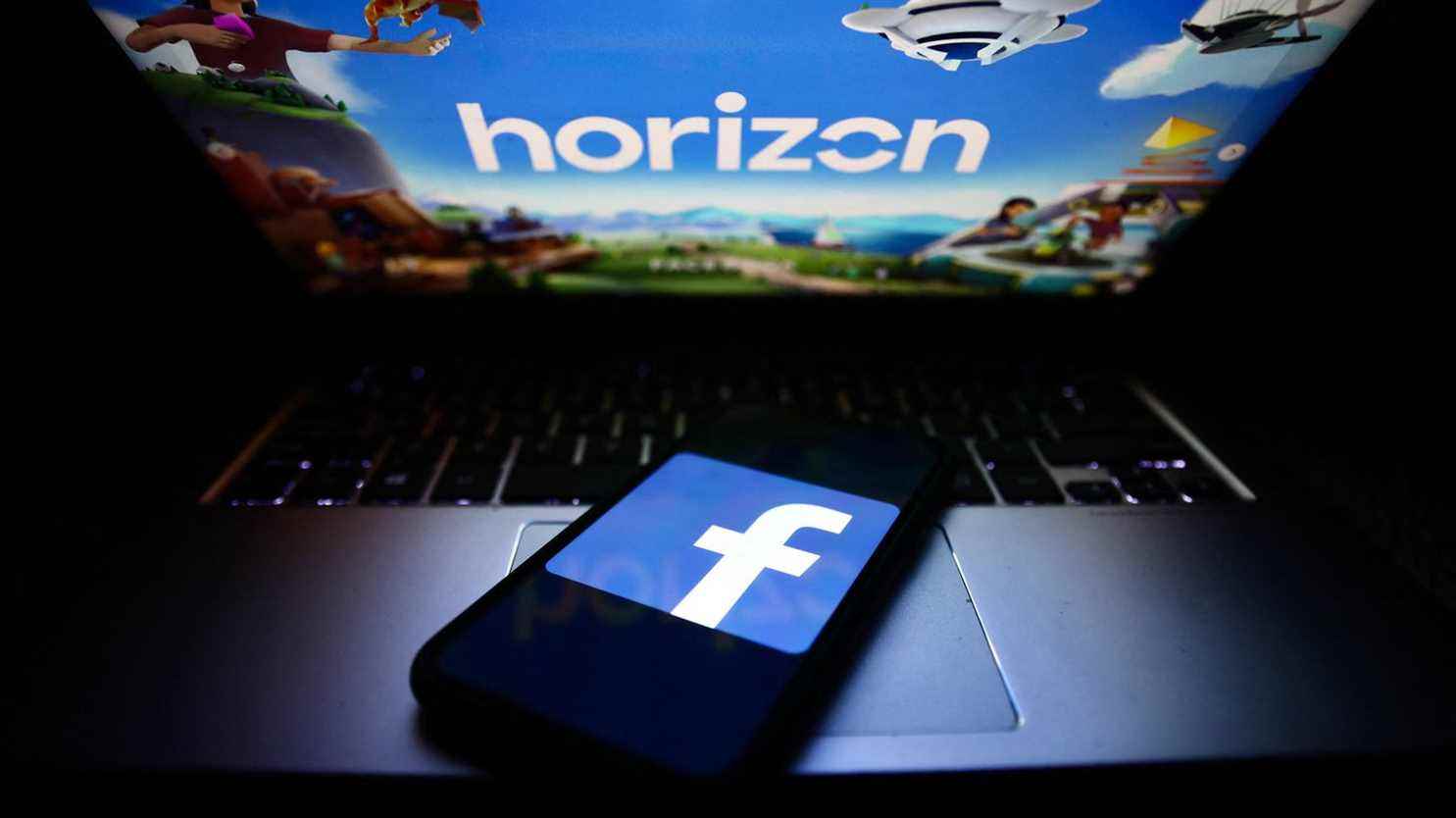After the first cases of virtual harassment, the Meta group (Facebook) will introduce a minimum distance between avatars in its Horizon social network. Horizon Worlds and Horizon Venues allow users equipped with Oculus immersive headsets to meet, play, create their own universes or even attend concerts, in the form of personalized avatars.
The new feature, dubbed “Personal Boundary” or “personal boundary” will prevent avatars from approaching the equivalent of less than one meter from each other, “to create more personal space for people and more easily avoid unwanted interactions”details a press release from Meta (in English) released Friday, February 4. The Californian group (Facebook, Instagram, WhatsApp, Messenger, virtual reality headset brand Oculus, etc.) renamed itself Meta in the fall to signal its new priority of building the “metaverse”, a parallel universe accessible in reality. augmented or virtual, described as the future of the internet.
But critics of the social media giant fear that certain mass phenomena seen online, such as harassment or misinformation, could be reproduced in these ultra-immersive worlds. Thus, at the end of last year, a user of Horizon Worlds reported having been touched, via her avatar – she had not activated an option which makes it possible to block others, “Safe Zone”. This incident has been described as “very regrettable” by Vivek Sharma, Vice President of Horizon, quoted by The Verge website (in English) in December. The manager had said that he wanted to make this option become “very easy to find”.

“We’ve decided to enable ‘personal limit’ by default, all the time, because we believe it will help establish standards of behavior – this is important for a relatively new medium like VR (virtual reality)”, announces the group two months later. Meta also mentions that the avatars won’t physically feel the barrier – there’s no haptic feedback via the controllers, i.e. a technology that reproduces real touch sensations on a tactile interface via a mode of vibration. As for those who want to make “check”they will now have to “reach out” to succeed.
